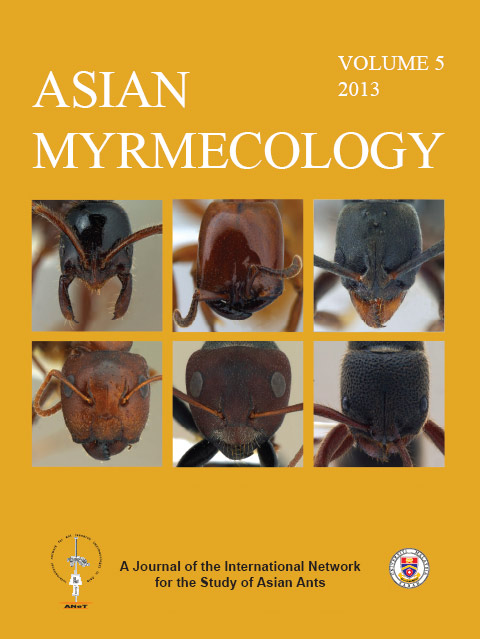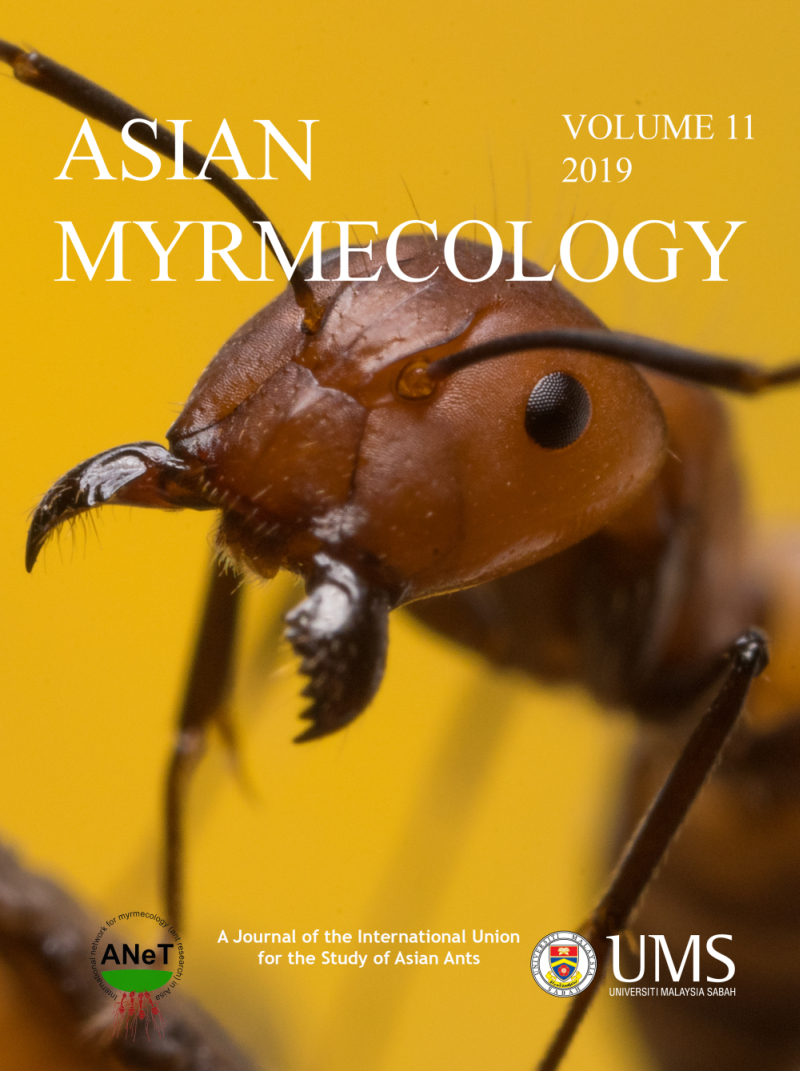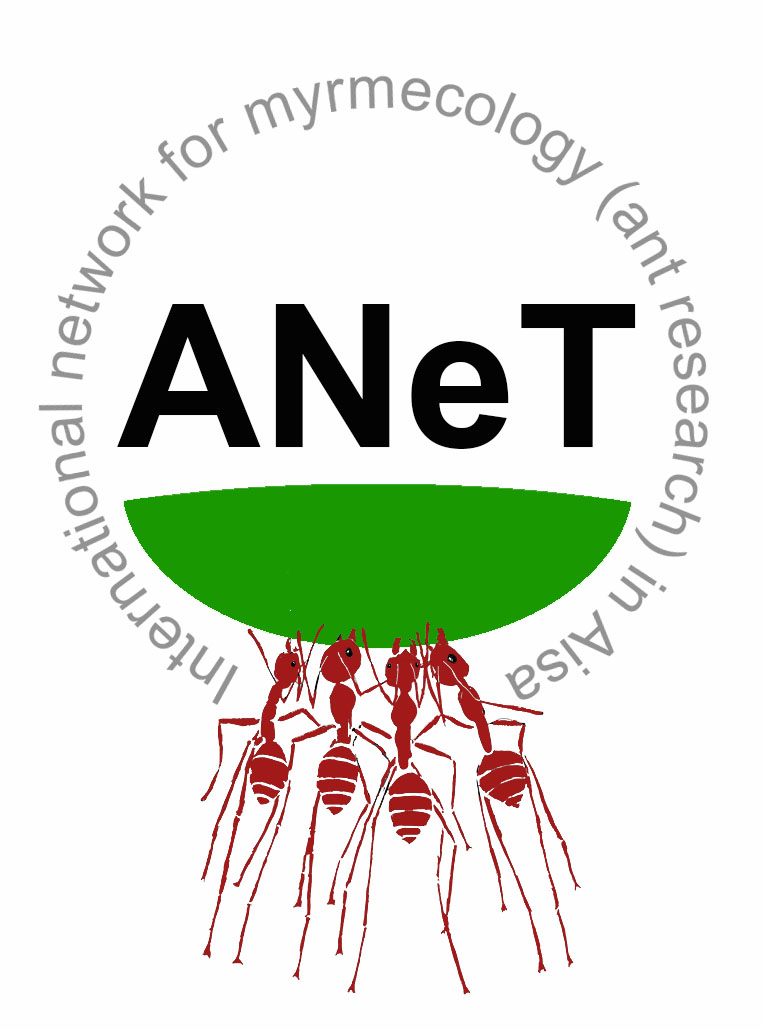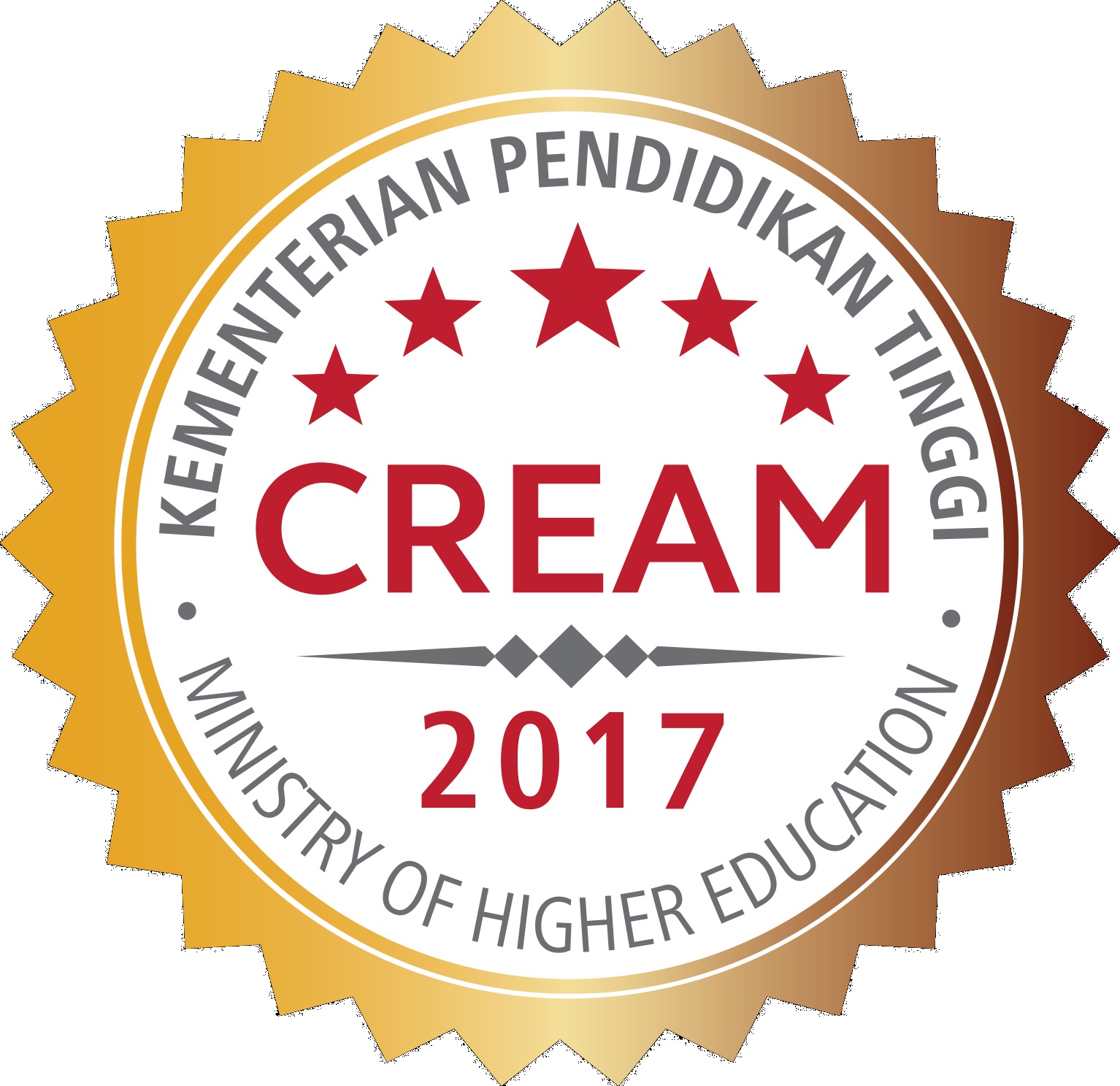ASIAN
MYRMECOLOGY
Image: François Brassard
Ecology and Distribution
Asian Myrmecology, Volume 5, pages 69-77, published March 2013
DOI: 10.20362/am.005009
Ant diversity in rubber plantations(Hevea brasiliensis) of Cambodia
SHINGO HOSOISHI1*, ANH LE NGOC1, SEIKI YAMANE2 & KAZUO OGATA1
Abstract:
We investigated the arboreal and ground ant fauna in rubber plantations (Hevea brasiliensis) in Kampong Cham Province, Cambodia. A total of 41 species of Formicidae, belonging to 28 genera in seven subfamilies, were collected. In three types of rubber plantations examined 25, 23 and 27 species of ants were found in a six-year-old, a nine-year-old and an old (>50-year) plantation, respectively. Total species richness of ants did not differ significantly among the three types of plantations. The most common ant species were the native Oecophylla smaragdina, which occurred in 50% of the samples, and the exotic invaders Tapinoma melanocephalum and Anoplolepis gracilipes which were in 27 % and 13 % of samples respectively. The older plantation, especially, had abundant leaf litter and fertile soil, and some rarer more cryptic ant genera, e.g. Calyptomyrmex, Pyramica and Discothyrea, were found in the leaf litter.
Keywords:
Cambodia, ants, rubber plantation, biodiversity, time unit sampling, Winkler extraction
Get PDF (1030K):
1Institute of Tropical Agriculture, Kyushu University, 6-10-1 Hakozaki, Higashi-ku, Fukuoka, 812-8581 Japan
2Department of Earth & Environmental Sciences, Graduate School and Engineering, Kagoshima University, Korimoto 1, Kagoshima, 890-0065 Japan
*Corresponding author: hosoishi@agr.kyushu-u.ac.jp



